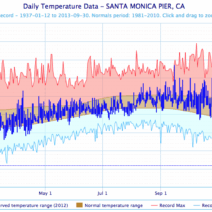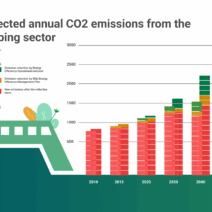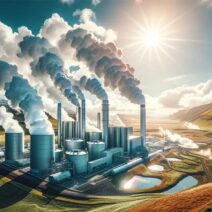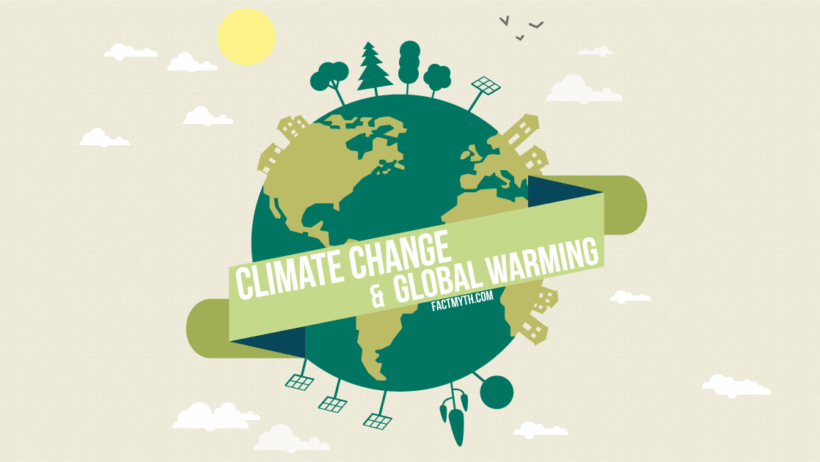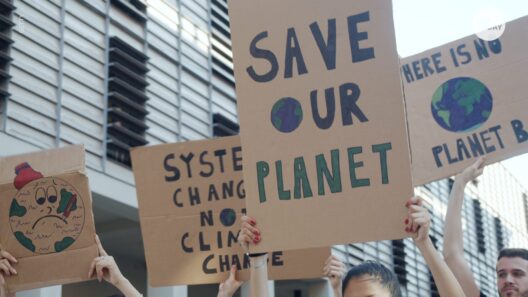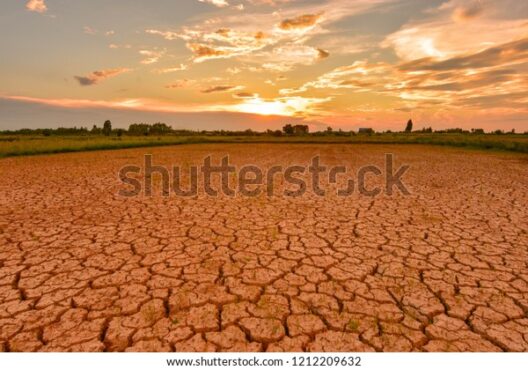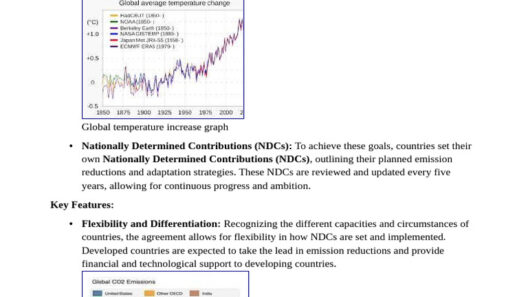The terms “global warming” and “climate change” are often used interchangeably in public discourse, yet they represent distinct concepts within the realm of environmental science. Understanding the differences is crucial for grasping the complexities of our planet’s ecological phenomena. This article delves into the nuances of global warming and climate change, elucidating their interrelationship while highlighting their individual implications on the environment and society.
Global Warming: A Specific Phenomenon
Global warming refers specifically to the long-term rise in Earth’s average surface temperature due to the increasing concentration of greenhouse gases in the atmosphere. This phenomenon is primarily attributed to human activities, such as the burning of fossil fuels, deforestation, and industrial processes that emit carbon dioxide (CO2) and other greenhouse gases.
The scientific consensus is clear: human activity is a significant contributor to global warming. The Intergovernmental Panel on Climate Change (IPCC) reports underscore the role of greenhouse gas emissions in intensifying the greenhouse effect, wherein these gases trap heat within the Earth’s atmosphere. As a result, the planet’s average temperature has risen by approximately 1.1 degrees Celsius since the late 19th century, with detrimental effects on weather patterns, sea levels, and biodiversity.
One of the most significant indicators of global warming is the rise in ocean temperatures. Warmer oceans lead to increased evaporation rates, subsequently enhancing the intensity of storms and the frequency of extreme weather events. Moreover, the melting of polar ice caps and glaciers signifies alarming consequences for ecosystems and human populations reliant on stable weather patterns.
Climate Change: A Broader Context
Climate change encompasses global warming but extends further to include alterations in precipitation patterns, shifts in seasons, and disruptions to ecosystems over a more extended timeframe. While global warming is chiefly concerned with temperature elevations, climate change integrates a broader spectrum of climatic alterations that affect terrestrial and marine environments alike.
Changes in climate are not solely linked to temperature increases. Climate change also manifests as prolonged droughts, unprecedented flooding, changes in wildlife migration patterns, and shifts in agricultural productivity. These changes can be attributed to both natural processes, such as volcanic eruptions and solar radiation variations, as well as anthropogenic influences like land use changes and emissions from industrial activities.
One salient example of climate change is the modification of seasonal weather patterns, which impacts the agricultural calendar. Farmers may find themselves grappling with unpredictability, facing either drought conditions or excessive rainfall, both of which hinder crop yields. In essence, climate change not only impacts the environment but has profound repercussions for food security and economic stability.
The Intricate Interconnection
While global warming and climate change are interconnected, it is essential to appreciate their differences. Global warming serves as a catalyst for broader climate changes. The rising temperatures contribute to varied weather phenomena, such as more severe hurricanes, altered rainfall distribution, and increased instances of heatwaves.
Moreover, the ramifications of global warming extend beyond environmental domains; they pose ethical dilemmas concerning climate justice. Vulnerable populations, particularly in developing nations, often bear the brunt of climate change impacts despite contributing minimally to greenhouse gas emissions. Hence, an understanding of these concepts necessitates addressing social justice alongside environmental sustainability.
The Human Dimension: The Socioeconomic Impacts
The socioeconomic implications of both global warming and climate change are profound and multifaceted. One salient aspect revolves around public health. Rising temperatures can exacerbate health issues, contributing to the spread of infectious diseases, heat-related illnesses, and respiratory problems linked to poor air quality. Vulnerable communities, particularly the elderly and those with pre-existing respiratory conditions, are at heightened risk.
Furthermore, economic disparities may widen as regions suffer from the effects of climate change. Agricultural sectors may experience declines in productivity due to erratic weather, leading to food shortages and increased prices. Coastal communities face existential threats as sea levels rise, resulting in displacement and economic instability.
Moreover, global warming and climate change intertwine with geopolitical tensions. As resources become scarcer due to environmental degradation, competition for water, land, and food could lead to conflicts. Nations may find themselves compelled to address the security implications of climate migration, necessitating cooperative efforts on an international scale.
Mitigation and Adaptation Strategies
Addressing global warming and climate change requires decisive action through mitigation and adaptation strategies. Mitigation efforts focus on reducing greenhouse gas emissions through advancements in renewable energy technologies, enhancing energy efficiency, and reforestation practices. Transitioning to a low-carbon economy is imperative to curtail the impacts of global warming.
Adaptation, conversely, seeks to prepare societies to live with ongoing climate effects. Improved infrastructure, sustainable agricultural practices, and effective disaster risk management plans are vital to creating resilient communities. In addition, public education and engagement are crucial for fostering a culture of sustainability and activating grassroots movements for environmental protection.
In conclusion, while global warming and climate change are intimately connected, recognizing their distinct attributes enhances our understanding of the environmental crises we face today. By acknowledging the complexities and societal implications of these phenomena, we can better equip ourselves to advocate for sustainable solutions that protect our planet and future generations.
